
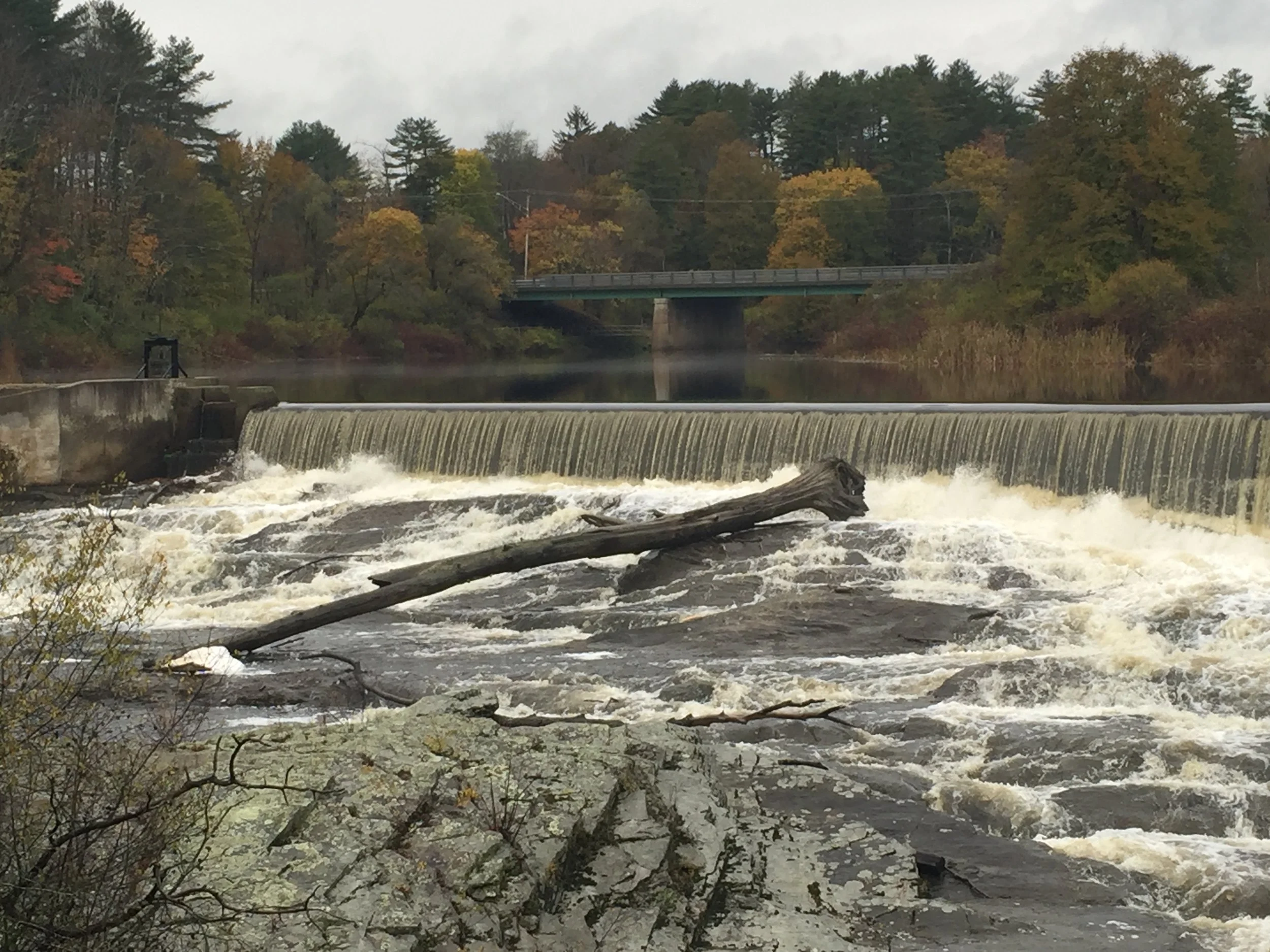
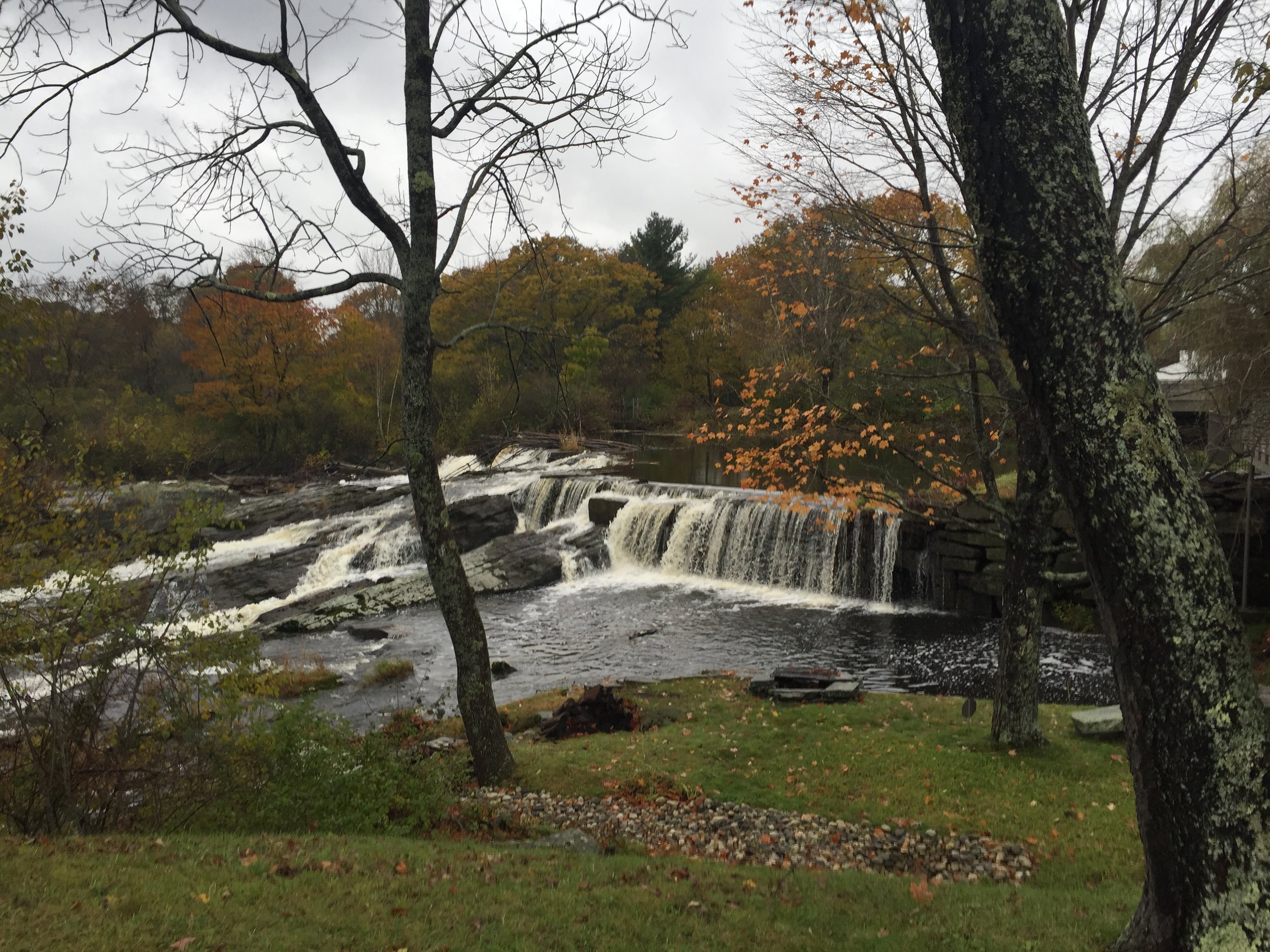
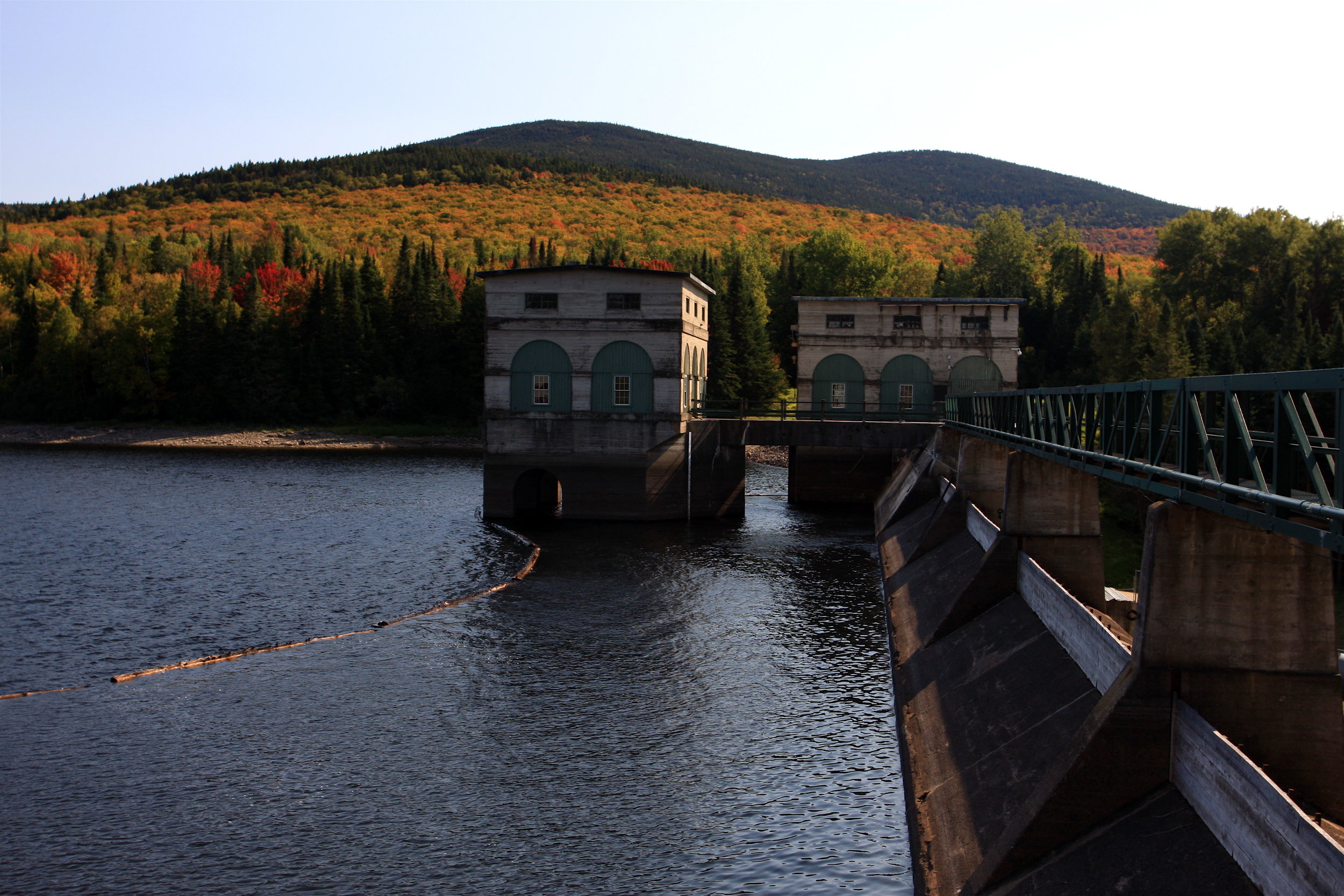
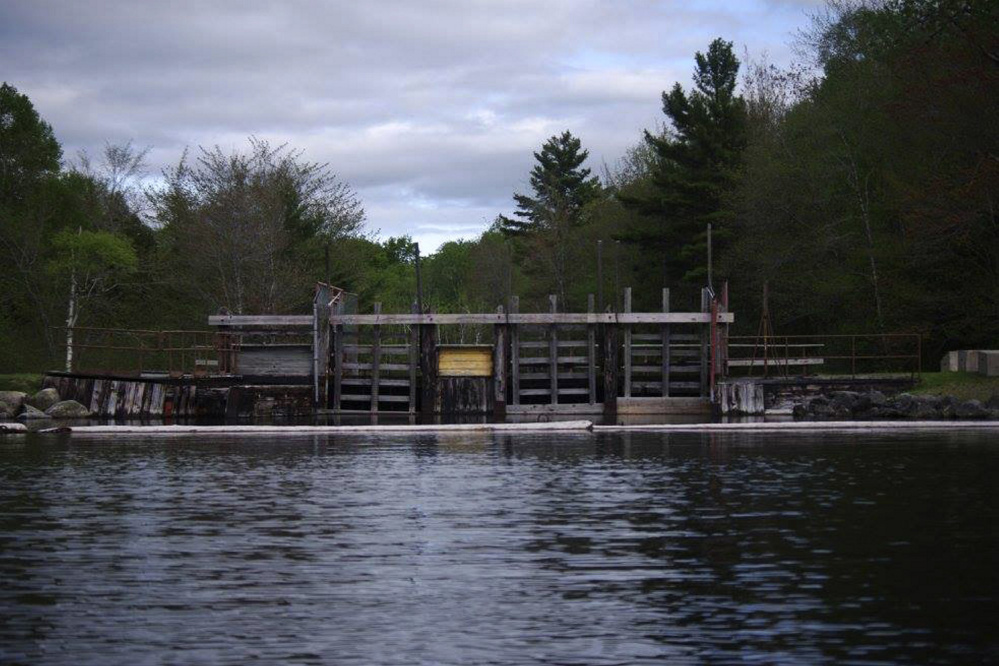
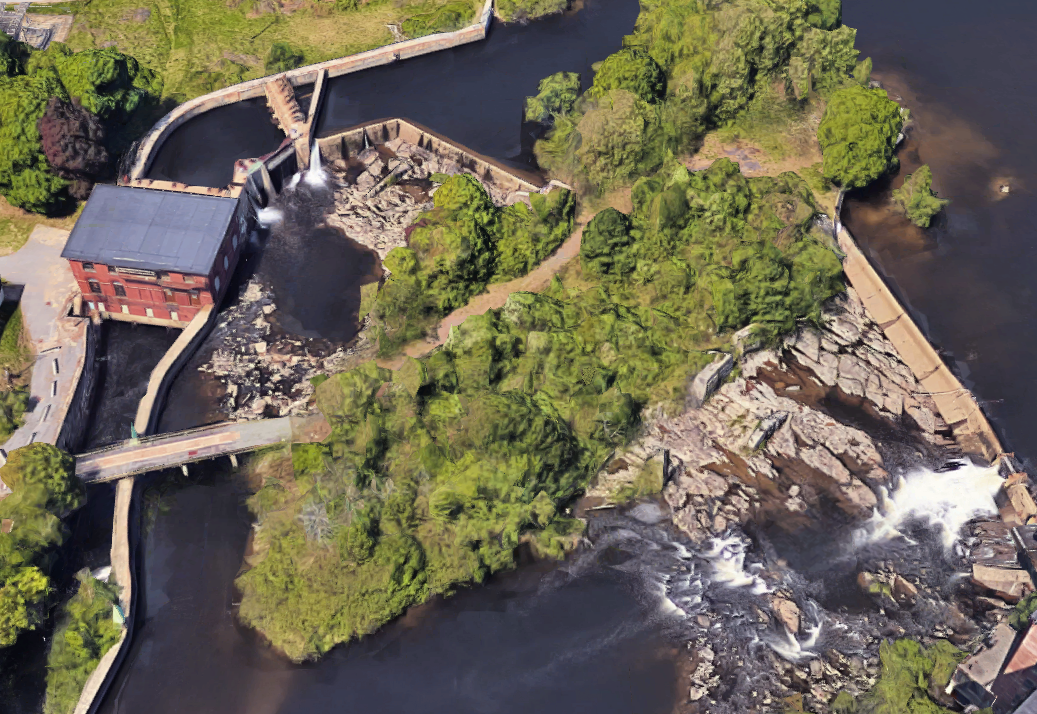
The Story
Maine is endowed with a remarkable network of rivers with significant flow and elevation change. These rivers have long served as a source of natural power, shaping history, and determining the course of development for Maine’s towns and cities.
Damming of rivers here began with the first European settlers. Today, more than 1,000 dams remain across the state, vestiges of a time when surging waters and changing tides were used to power mills for grain, lumber, carding and paper mills. Many of our communities have grown up around these early industries. The dams and resulting ponds and reservoirs touted the benefits of flood mitigation, sourcing of drinking water, irrigation, fire control, and the creation of picturesque settings and sites of recreation.
Modern hydroelectric power plants emerged at these and new sites to supply electricity beyond industrial uses, producing affordable, sustainable energy for businesses, schools, and houses. In 2021, more than a quarter of Maine’s total electricity net generation still originated from hydroelectric power. As of 2022, 51 licensed hydroelectric power plants remain in the state, with a small portion over 100 years old! (Maine State Profile and Energy Estimates, U.S. Energy Information Administration, 2022, https://www.eia.gov/state/analysis.php?sid=ME).
The Threat
Many of the remaining historic dams no longer serve the purpose for which they were built and have fallen into disrepair, facing uncertain futures. Some communities and individual dam owners are now considering removing dams due to the cost of ongoing maintenance. In addition, dams have created significant fish passage barriers and continue to pose risks to species like Maine’s iconic but endangered Atlantic salmon. Efforts to improve fish passage through the introduction of fish ladders and lifts along the existing dams are also costly. Once thought to help control flooding, research now shows that dam spillways are often inadequately sized to dispense floodwaters, especially given the increase in extreme weather events and precipitation due to climate change. Dams also restrain and inhibit the natural flow of sediment in waterways, which interrupts natural processes that contribute to the maintenance and nourishment of downstream habitats.
The Solution
Dams are significant elements of our historic built environment that have driven local economies and development, with some persisting as important sources of renewable energy. At the same time, their construction has also proved detrimental to Maine’s environment. As communities and individual dam owners consider the future of these structures, key stakeholders should gather to discuss possible pathways to make informed decisions. For example, many dam sites are important to Maine’s Tribes because of deep connections to rivers and streams. Preservation professionals and local historical societies can be consulted to identify and highlight aspects of the site’s history and engineering, while conservationists and civil engineers can summarize environmental impacts and potential options for improving the overall site for the greatest public benefit. In some cases, it may be possible to preserve a dam while providing alternate routes for fish passage. In others, it may be better to retain and rehabilitate historic gatehouses and other auxiliary structures, or to keep only historic sections of old dams in place. Interpretive signage, interactive digital platforms, and educational programming can contextualize the sites and help share these important histories if complete removal is pursued.
The Maine Forest and Logging Museum Dam on Blackman Stream in the Penobscot River watershed is a good example of striking the right balance of resources. Logging and milling history was woven together with improved fish passage to enhance the visitor experience to the museum. For years, a series of blockages in the stream had impeded the migration of native alewives, a keystone fish species. Partners came together to design a fishway that fit with the historic character of the site, crafting 17 rock and pool weirs around the dam. A short Denil-style fishway, faced with local rock, was built at the top to moderate the high and low stream flows. Several repairs to the historic dam were also made as part of the project. The fishway has become a key attraction for the thousands of visitors to the museum, while the stream has established a robust alewife run that serves as a crucial food supply to numerous other native species and is a preferred bait among Maine’s lobster fishermen.
UPDATED — July 2023

